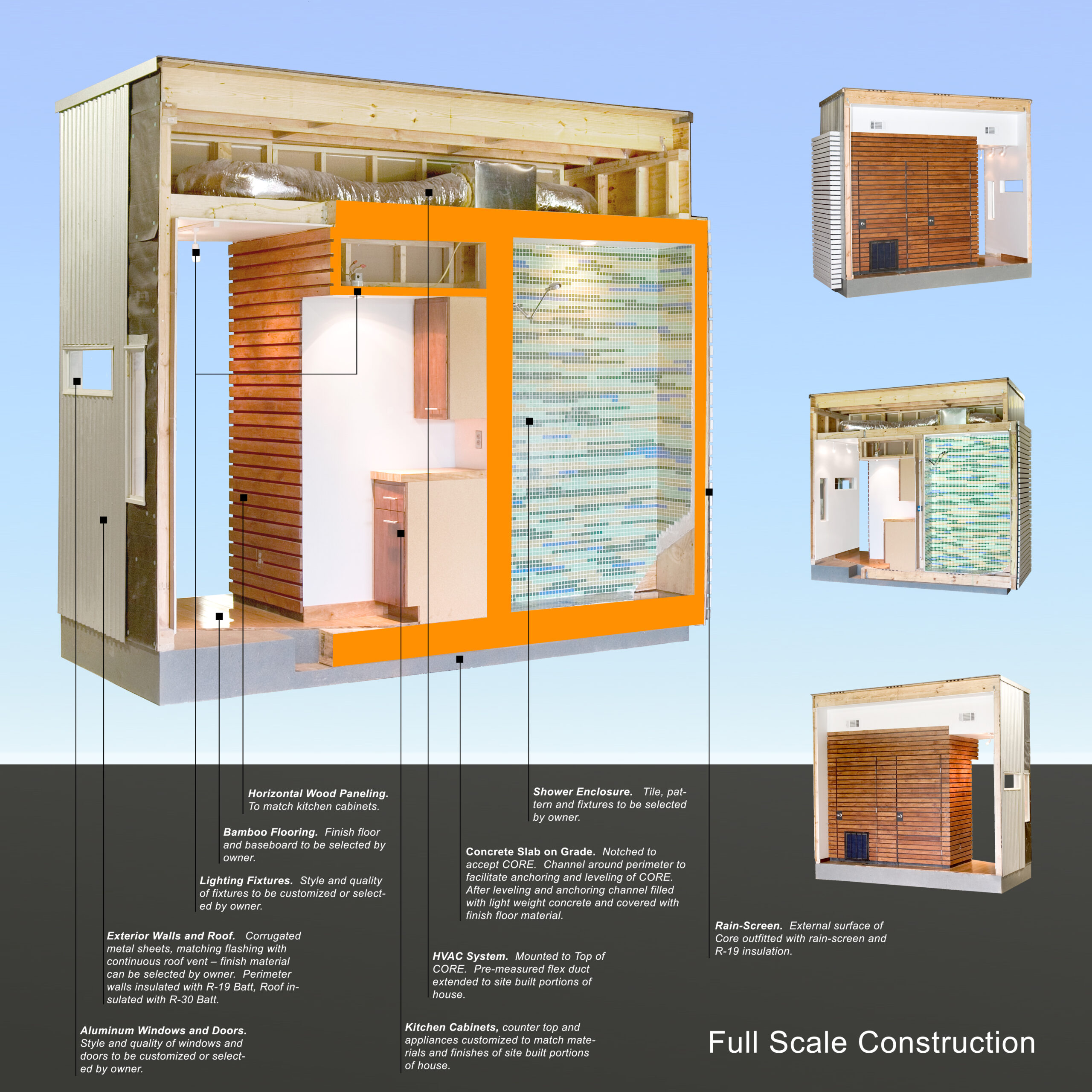
I have always been a strong advocate for making within a design education. When a designer draws a line on a piece of paper, or builds a model using a particular software package, that representation is informed by the knowledge of that individual. When you actually build the thing at full scale, it develops a knowledge feedback loop that makes each subsequent representation take on greater purpose and meaning.The act of building, fabricating or constructing develops a first-hand, personal connection with our physical world — the materials, tools and processes we use to make the things we surround ourselves with.
Making is therefore one approach that offers up the possibility of developing actionable or achievable innovation.
There are different levels of knowing, and one way to mask one’s lack of knowledge is to simply copy someone who has undoubtedly spent decades developing their skill and understanding. This is certainly the easiest way to produce something that appears competent. Regardless, you still need a nominal amount of knowledge and discernment to determine who or what to copy given a particular set of circumstances. It is far easier to teach a student to engage in enlightened copying than to teach that student the discipline, skills and knowledge needed to innovate or develop something novel. I would argue this is why most design programs and professors teach their students to copy. Interestingly, I think that is the compelling case for the use of AI in the design fields.
AI is arguably the ultimate copy machine — taking what exists, exploring endless variations at breakneck speed.
Although it is estimated that 85% of our economy is dependent on true innovation, the cost is great and, in the design fields, almost always born by the maker. There are too many dead ends, costly mistakes and unproductive rabbit holes. The marketplace rarely rewards the true innovator — unfortunately, it is usually the second or third copier who reaps the rewards. Entrenched interests resist innovation, and the public is largely put-off or confused by something truly unique or novel and rarely appreciate its value immediately. I have heard that in order for something truly new to be accepted by the public, it has to be contained within something that is at least 90% familiar. Regardless, true innovation will always require time, knowledge and a level of dedication that few possesses.
